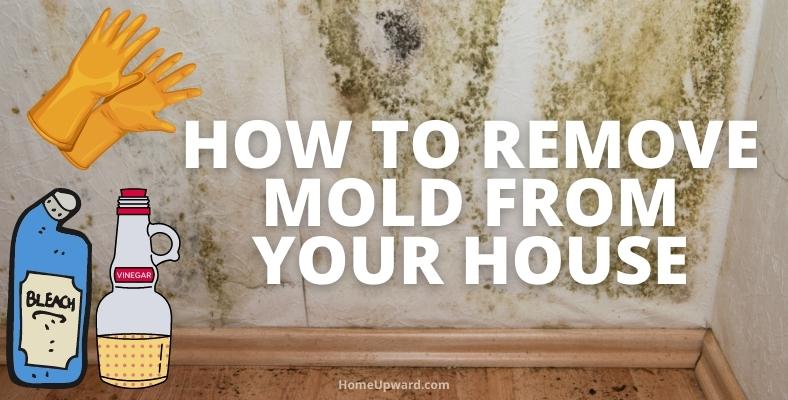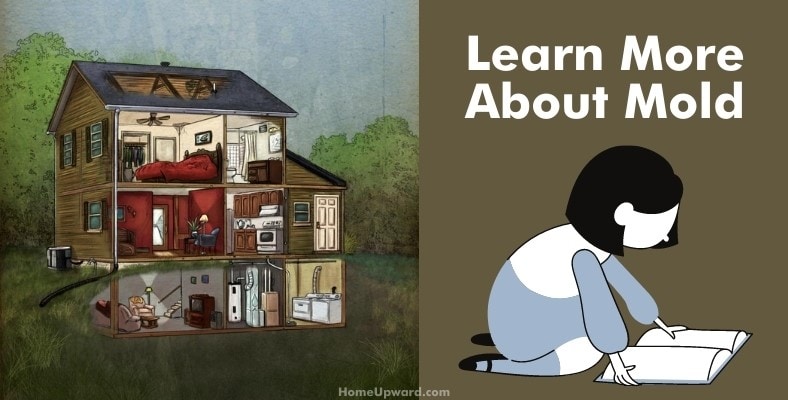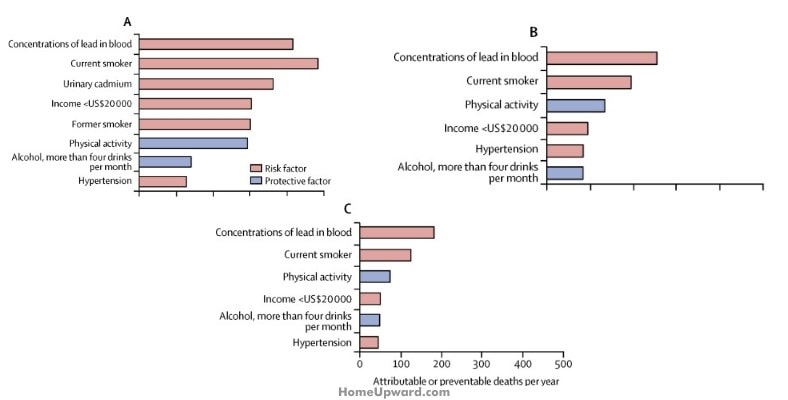You want to ensure that your home, your sanctuary, is a safe place for you and your loved ones. To ensure you live in a safe house, you should learn how to test for toxins in your home. Read on to see the most common toxins in your home and how to test for them.
Contents
Common toxins in your home
You never know if toxins are hiding in your home. Even a brand-new, just-built home could have toxins lurking!
Some common toxins cause illness that hides in normal, everyday materials we use every day.
The top 4 toxins you need to test for
No matter your home’s age, the four main toxins you should check for are radon, lead, asbestos, and mold.
Than Merrill of Flip This House also suggests testing for carbon monoxide, mercury, and other volatile compounds.
Many of the top toxins in your home are odorless, invisible, silent – and could likely kill you. Simple, at-home tests can save your life and protect you and your family from hidden toxins.
How to test for common toxins in your home
The top toxins in your home share something important: they’re hard to spot, and if you don’t go looking for them, you’ll never know they are there.
Unfortunately, that means there could be deadly toxins hiding in your home, and you didn’t even know it!
When you test for the most common home toxins, you’re taking a step to being more healthy and creating a safe space.
How to test for radon in your home
Radon is a type of gas that comes up from the soil. It’s created when uranium decays in the ground – which is done naturally over time.
Radon can cause cancer and is actually radioactive! It rises from the ground and through the crawl space, basement, or foundation. Radon gas is a leading cause of nonsmoker lung cancer, and since it’s common in 1 in every 15 U.S. homes, it could be hiding in yours.
Radon levels are measured by picocuries (per liter of air, or pCi/L.) A safe level is under 4pCi/L. Most homes can quickly reduce their radon gas levels by almost 100%.
You can find your state’s radon contact, hire a professional, or buy a simple test online. (DIY tests are usually available from home improvement stores and online providers like Amazon.) The Environmental Protection Agency (EPA) partnered with Kansas State University to offer low-cost at-home radon test kits.
Radon doesn’t just come from the soil, however. Radon can also seep into your home through the air, as well as your regular water supply.
How to test for asbestos in your home
If your home was built or remodeled between 1920 and the late 1970s, then it is likely your home has asbestos.
A big bad guy on many DIY shows, asbestos is a type of mineral that cannot be broken down. While it has many fire-retardant and insulating properties, it is also very harmful to the human lungs.
Asbestos will release very tiny particles into the air. You should look for it around HVAC ducts, siding, roof tiles, flooring glue, and under some types of linoleum.
Never break off a part of it – if you can completely cover it, do so, but if you cannot, contact an asbestos professional.
How to test for lead in your home
Until 1978, lead was a common ingredient in paint and other household products. If your home was built before the late ’70s, then it is likely that your home has some type of lead or lead-based paint building product.
If you have old, lead-based paint, it is best to cover it with new paint and leave the existing paint alone.
When you have to remove the old paint or replace an old building product (such as old windows), then it might be too complex to leave old lead paint in place. Window sills, doorjambs, and paint around vents are the best places to gather samples to test for lead.
Lead is considered a neurotoxin. When you inhale the particles, it can lead to stroke, lowered IQ, learning or behavior disorders in children, cancer, and even death.
To test your home for lead, use a simple lead-check swab, found at home hardware stores and online. You may need to scratch up the surface first – if you do, ensure you are wearing an N95 mask.
A certified lead inspector can come to your home and inspect for lead-based paint.
How to test for mold in your home
Mold is one of the most common toxins hiding in American homes.
Mold occurs when moisture is unable to escape, and a fungus begins to grow on standard building products, such as wood, drywall, carpet, tile, and insulation.
You can spot some forms of mold. Small growths (usually fuzzy-looking in nature) will pop up in high-moisture areas, such as bathrooms, kitchens, and around HVAC units. These spots will often be white, green, or even black. Usually, if a room has a damp or musty smell, you can find mold hiding.
You can test for mold by hiring a professional mold remediation company or using a cheap at-home test kit.
Other toxins you should test for
It is important to test the water in your home for heavy metals, toxins, and other things that can be deadly. The water supply could be carrying bacteria, pesticides, and even lead! You can send a water sample to the EPA or perform a simple DIY test using an at-home test kit.
The indoor air quality in your home could be very good or terrible. The interesting thing is that you could have five times the amount of pollutants in your indoor air as that of outside! Again, accredited laboratories provide indoor air quality tests, but at-home test kits are relatively cheap.
How to remove radon and mold from your home
Two of the main toxins, radon, and mold, can easily be removed from your home yourself.
Lead and asbestos are best handled by a professional remediation service, as they have very deadly side effects after being exposed to them too much.
How to lower the radon gas levels in your home
If you do have radon in your home, it is essential to lower the gas level.
You can quickly reduce the levels of radon gas in your home by putting a vent pipe and fan under your home. This is easier if you have a crawl space or basement, where you can easily place a fan-vent into the same spot that you usually have a regular vent. This system will pull the radon out from beneath your home and vent it outside, where it can dissipate. However, this is not an effective method for homes that sit on a slab.
Another way to lower radon gas levels is to seal any cracks in your foundation. The slab or crawlspace could have small crevices or holes that allow the radon gas to leak into your home.
A third method of lowering radon levels is to contact a professional. They will come out and remove your radon gas, which will be more expensive.
How to remove mold from your house
If you can catch the mold before it spreads everywhere, then you have a chance of controlling it before it gets worse.
Many home remedies are very useful in getting rid of mold. The top two DIY mold remediation methods involve bleach and regular vinegar.
Using straight bleach, pour the bleach into a bowl. Put on a pair of rubber gloves, and scrub the mold with the bleach until it has disappeared.
Use the same process with vinegar.
You can also put straight bleach into a spray bottle and spray the areas with the fungus. Create a heavy layer, and wait 30 minutes before wiping it off.
Adverse Side Effects from Common Home Toxins
The death rates of our top four toxins are higher than you think.
If you have radon gas, mold, asbestos, or lead in your home, then make sure to remove the deadly toxin from your home as soon as possible.
Radon Mortality Rates
Radon is a very deadly and harmful gas. Part of the reason it is considered so dangerous is due to its odorless, colorless, and silent method of seeping into your home.
Learn More About Mold
The EPA offers an interactive mold house tour. Learn about the top areas mold could be lurking in and how to treat it.
Lead Death Rates
The Lancet has this medical journal that explores mortality concerning lead.
Asbestos Mortality Rates
Asbestos Nation reports that asbestos kills almost 15,000 people a year in the U.S. alone.










